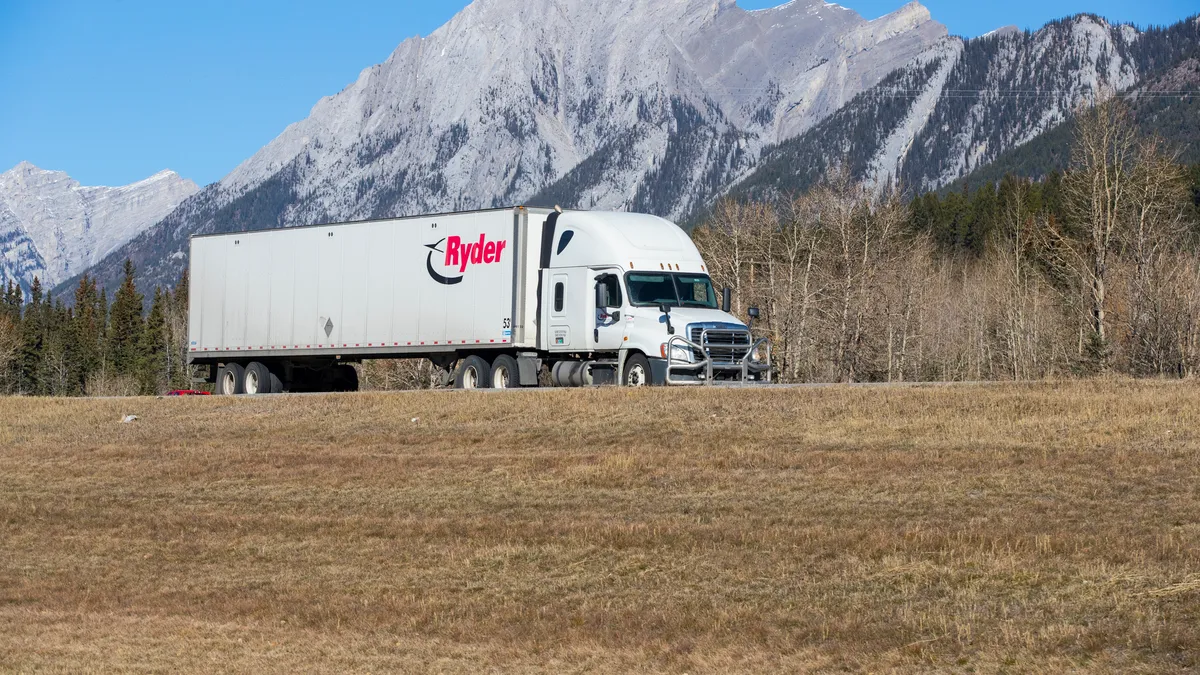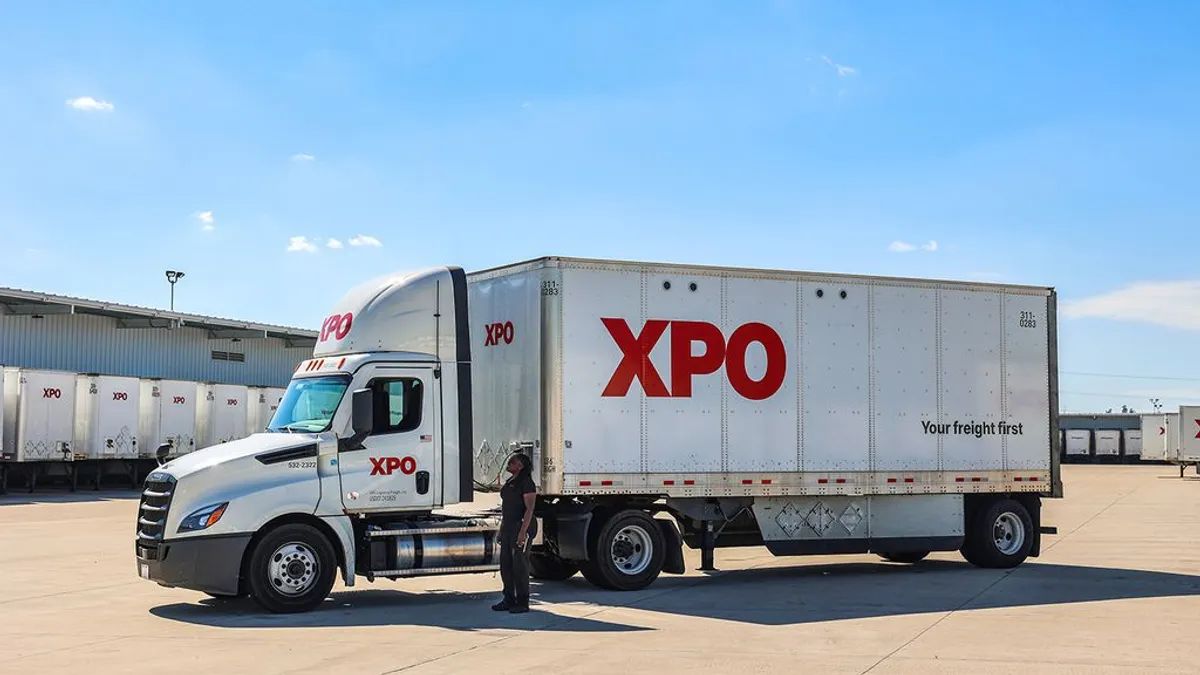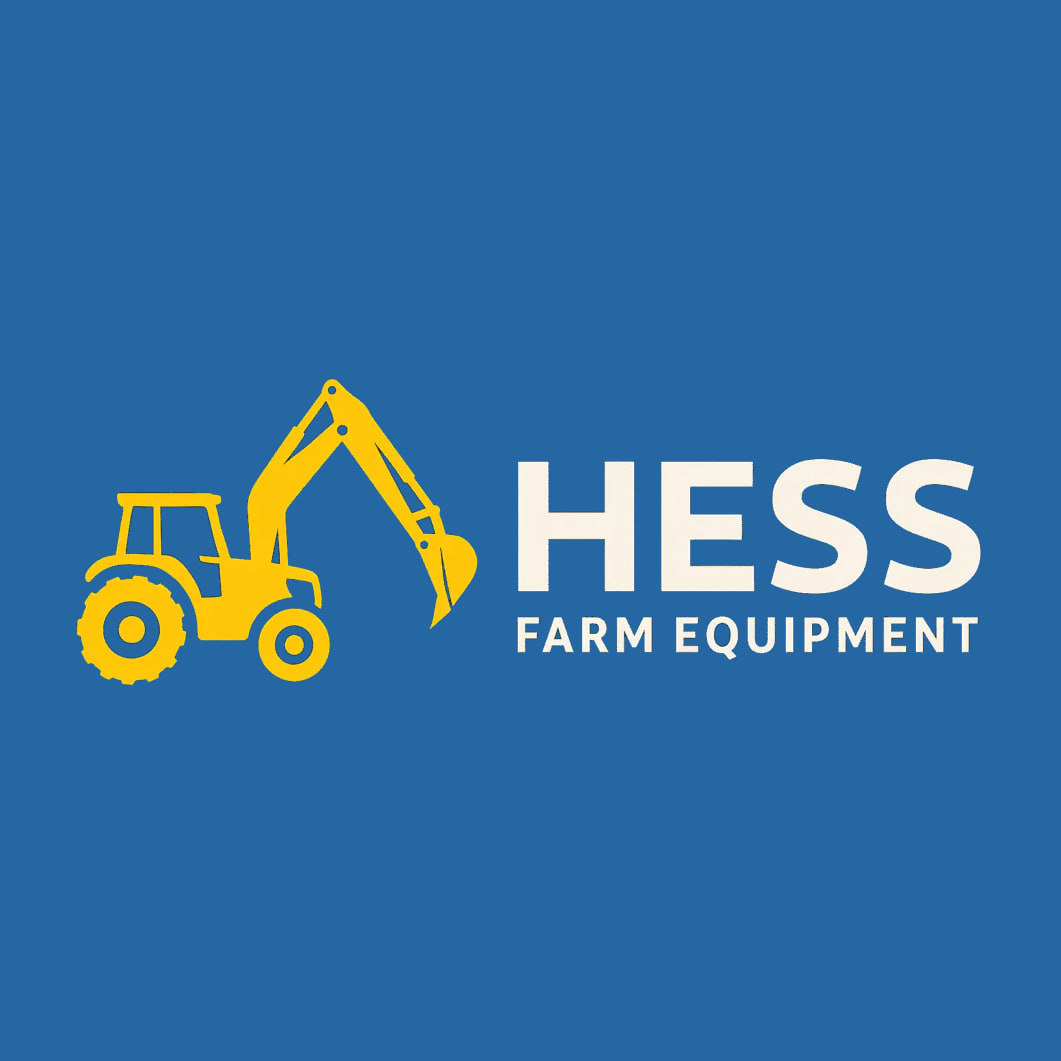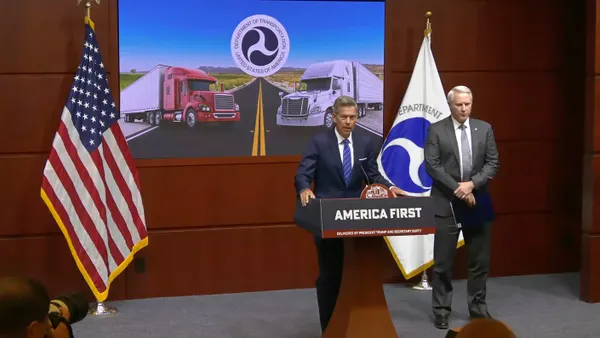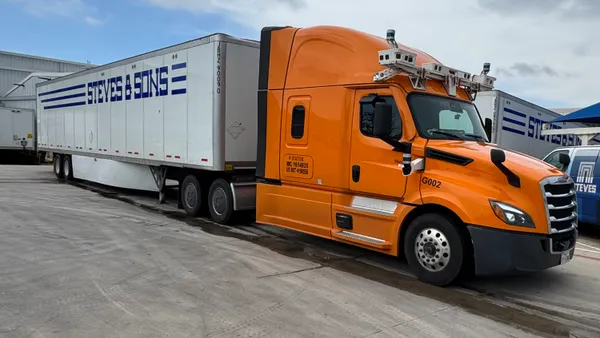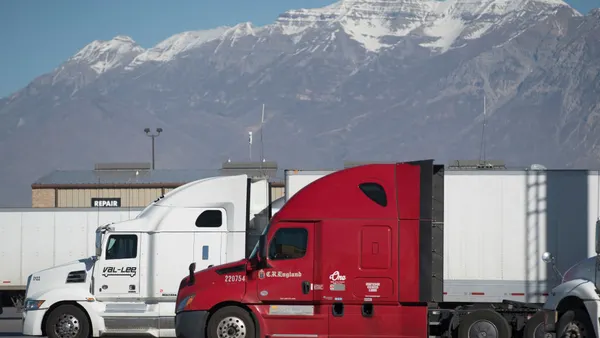Ryder System expects OEMs to shift to vehicles to comply with upcoming emissions regulations, regardless of a recent Supreme Court ruling or the presidential election’s outcome, CFO John Diez said Wednesday.
The Chevron doctrine ruling does not seem to be impacting an upcoming Environmental Protection Agency mandate that OEMs have been preparing for, Diez said at Morgan Stanley’s Laguna investor conference.
“Certainly there's a lot of regulatory uncertainty,” Diez said, adding that the company believes the Supreme Court’s ruling this year will continue to be debated in the court system and could take several years to be ironed out.
The June 28 decision overturned a 1984 Supreme Court case and precedent involving the Chevron doctrine, which recognized agencies’ interpretations of ambiguities in congressional laws. The new ruling strengthens a court's role in resolving conflicts.
Ryder customers have already been discussing and gearing for the EPA rule change, Diez said. He added that his transportation conglomerate expects those transitions to escalate in 2025 and 2026.
The mandate affects heavy-duty vehicles with new equipment starting with model year 2027, setting tougher greenhouse gas emissions. That’s when a series of progressive changes will occur, with kickoff dates varying depending on equipment type.
The trucking industry has largely opposed the new restrictions, although various manufacturers have encouraged regulators to move forward with the rule.
“OEMs have the technology to deliver for 2027,” Diez said. “I think fleets also are geared up for that transition.”
In April, Ryder and Paccar CEOs noted on earnings calls that the mandatory change could spur pre-buy activity of equipment before the 2027 rules go into effect.



